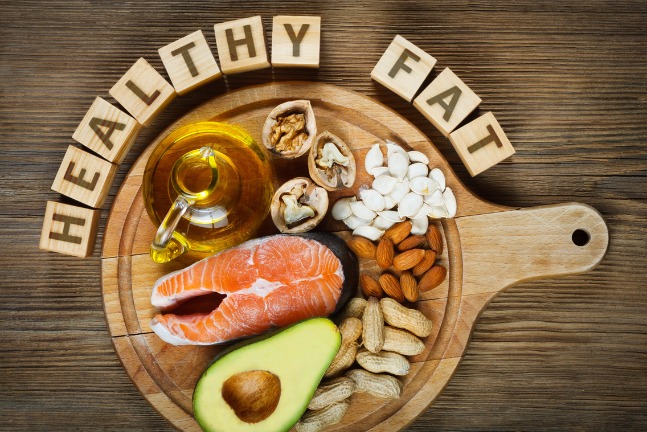
Let’s look at fat and provide you with a full understanding of this macronutrient. Our acceptance of fats has come a long way over several years, and this has been mainly driven by the latest research surrounding them. In just a few short years, most of us, including fitness professionals and athletes, can usually come to some agreement that certain fat in sufficient amounts can benefit body composition and health.
Just like we have learned with carbohydrates, it is the specific type of fat we should eat that needs to be understood. Health authorities are accepting this change as well. And we are being encouraged to increase our daily intakes in place of refined carbohydrates. Yet, out of all the macronutrients, fats still seem to be the least understood, and a large majority of people will have difficulty believing a high fat, low carbohydrate diet may be the answer to their nutrition problems. And this is to be expected, as most government and academic sources have not condoned fat in the diet.
Therefore it’s important to understand the basic chemistry of fat, its key functions, how it is metabolised, and to understand the latest research.
Fat is also known as lipids, which provides a collective name for a wide variety of water insoluble chemicals, including all fats and oils in the diet and body.
Like protein and carbohydrates, fat is made up of carbon, hydrogen and oxygen, but the main difference is that the ratio of oxygen to the other molecules is lower. This results in fat being a more concentrated source of energy for the body, and one gram of fat provides around nine calories. Compare that to four calories per gram for protein and carbohydrates.
Fats, or lipids, can be broken down further, so let’s examine the various fat types and of course their definitions. First up, then our triglyceride oil or triglycerides, the triglycerides are a glycerol backbone molecule composed of three fatty acid change. This is the most nutritionally significant fats as they are the main source of ingested fat and provide most of the energy derived from dietary lipids. One gram of triglycerides provides nine calories per gram of energy.
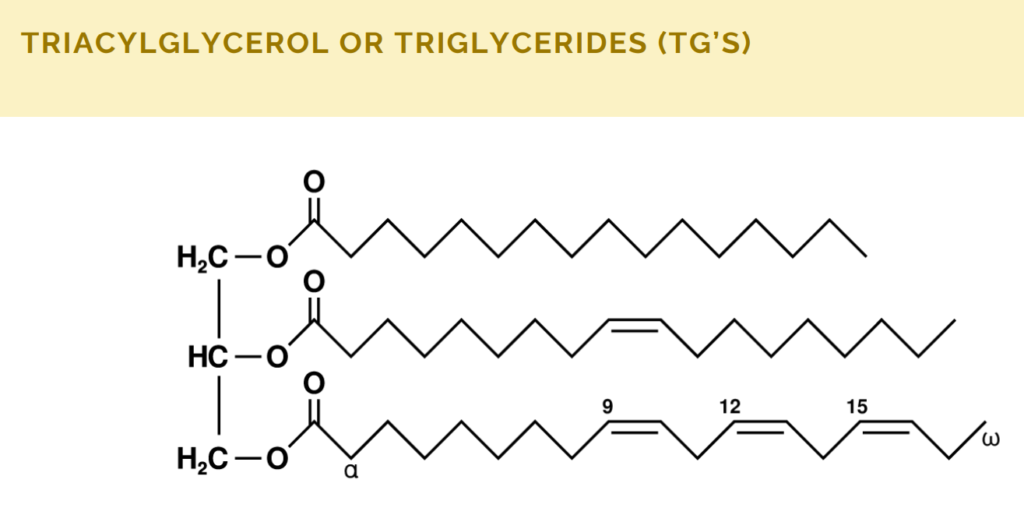
Let’s take a look at its two main components, glycerin and the fatty acid chains. First up is glycerol.

Now, this is a three-carbon molecule that is part of the large triglyceride molecule, and it serves as the backbone really, glycerol by itself is a three carbon sugar that when released from storage can be recycled in the liver for creation of new blood sugar. This process is known as gluconeogenesis.
Then we have the fatty acids. There are three major types of fatty acids. Their molecular bonds and the number of hydrogen atoms they contain, distinguish these three types from one another. Fat may be saturated, monounsaturated, that’s possessing one carbon double bond, or poly unsaturated, and that’s having two or more carbon double bonds.

We can then break this down even further. Saturated fat is a lipid that consists of triglycerides containing only saturated fatty acids. This means all available carbon atoms are occupied, so they are saturated by the hydrogen atom unlike unsaturated fat. This makes them the most stable and least likely to turn into free radicals when exposed to heat or oxygen or light. Therefore, it is suggested to cook with these types of fats.
While nutrition labels regularly combine the various saturated fatty acids, they do appear in different proportions among food groups. Lauric and myristic acids are commonly found in the tropical oils or dairy products.

Then we have poly unsaturated fat. These are triglycerides in which the hydrocarbon tails constitute poly unsaturated fatty acids. Therefore, it leaves fatty acids possessing more than a single carbon double bond.
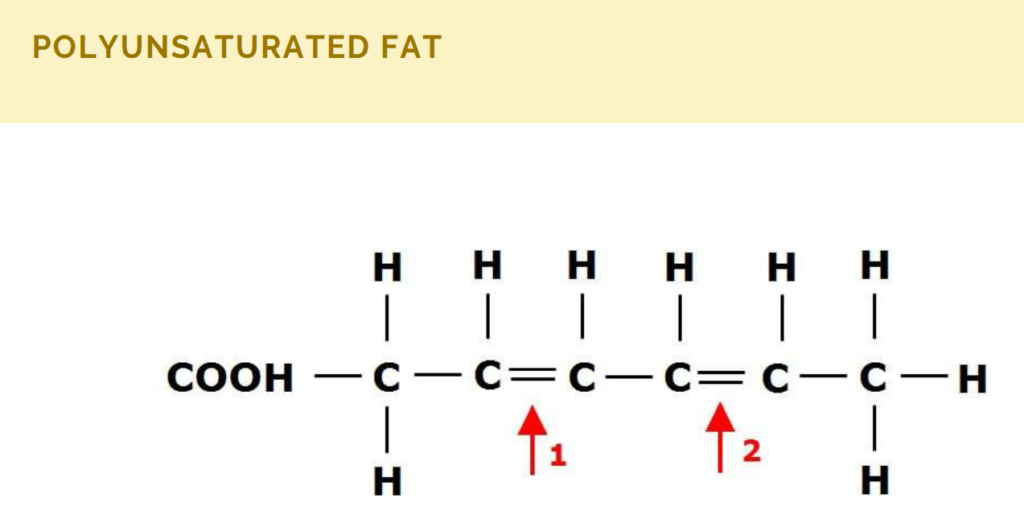
Then we have unsaturated which refers to the fact that the molecules contain less than the maximum amount of hydrogen making them more unstable compared to saturated fats. From what we eat, we get two types of polyunsaturated fatty acids. You’ve heard of these before: Omega three and Omega six fatty acid.
Next is monounsaturated fat. These are triglycerides that have one single carbon double bond in the fatty acid chain, and all the other carbon atoms are single bonded. Monounsaturated fat has a higher melting point than polyunsaturated fatty acids and a lower melting point than saturated fatty acids as well. These are also lipids at room temperature or semi solid or solid when kept cold.
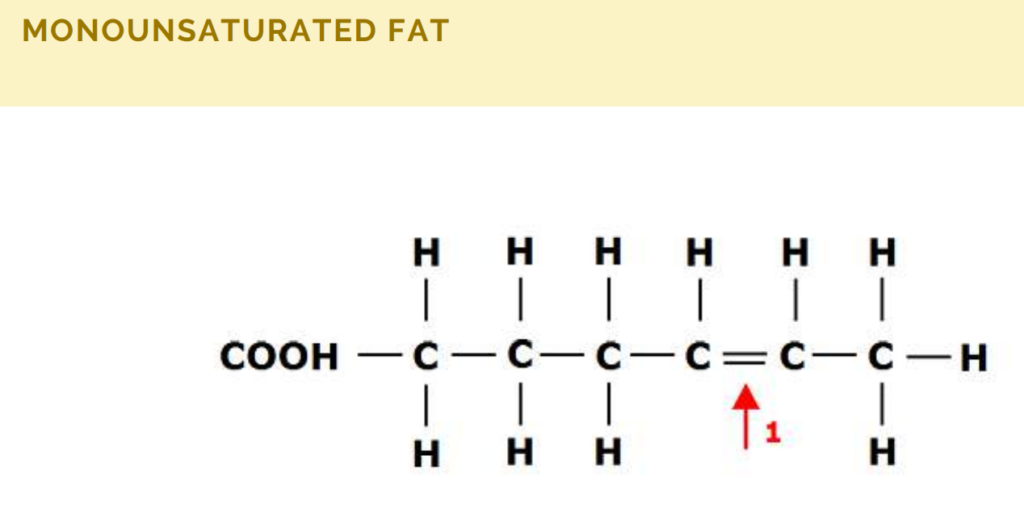
And next we have hydrogenated or trans fats. Hydrogenated fats are chemically classified as unsaturated fatty acids yet behave more like saturated fatty acids in the body. The term hydrogenated means manufacturers are blasting the chemical structure of the fat with extra hydrogen to bond to the carbon atom. This makes the fat solid at room temperature, and essentially a man-made way to create a saturated fat. Unlike saturated fats, hydrogenated fats are poisonous to the body. When consumed, these fats replace normal saturated fat in the cell membrane, and sometimes essential fatty acids as well. Hydrogenated fats have also been linked to promotion of heart disease, diabetes, certain cancers, and obesity. This is because they are pro inflammatory in the body, and they reduce good levels of cholesterol, which is HDL, and of course, increase the bad.
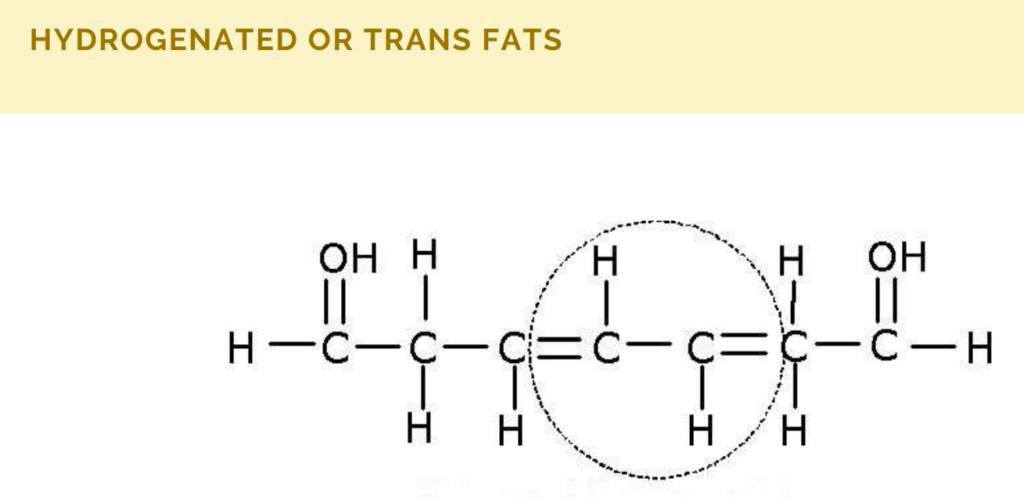
And while we’re on the topic of cholesterol, this is another group of lipids that receive a lot of bad publicity. Cholesterol is a complicated topic and will therefore be addressed in a separate post. Essentially, cholesterol is an important part of our diet necessary for controlling hormones and even cell function. However, it is not essential to receive this through our diets, as the liver can synthesise its own. What role does fat play? Well, there are many rules let’s break some of them down.
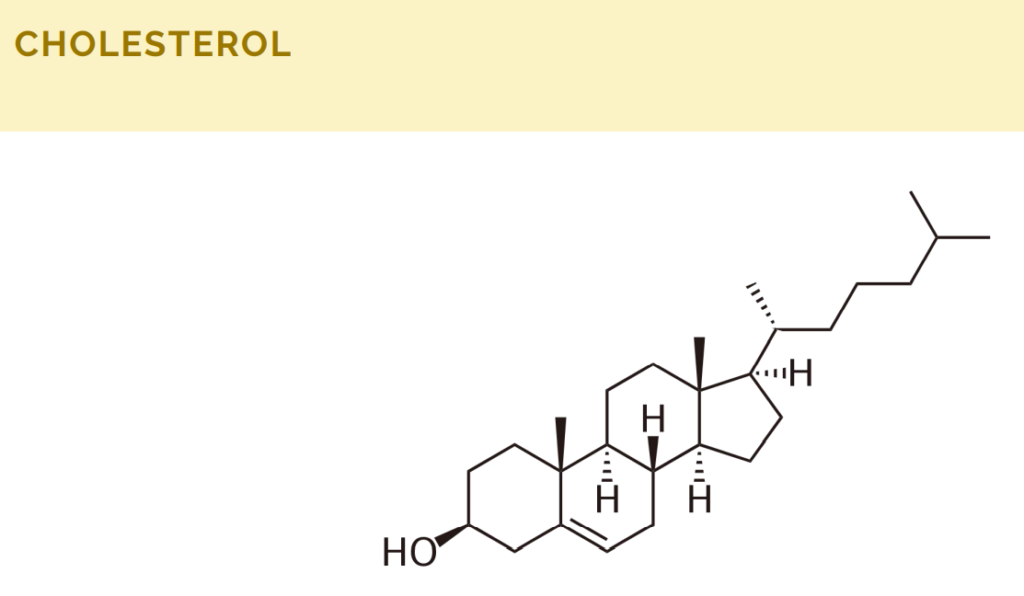
Firstly, it can be used as an energy source as fat is the most energy dense macronutrient and is also easily stored and transported within the body. The body can store unlimited amounts of fat and excess carbohydrates and protein can be converted to fat, but they cannot be made from fat. It therefore serves as an excellent energy reserve.
Fat forms the major components of all cell membranes also. Cell membranes are partly composed of a specific type of fat called phospholipids.
We can also use fat to insulate the body from extreme temperatures. Fat can protect vital organs by providing a cushion layer, and of course cold environments.
Fat can help us stay fuller for longer, eating more fat greatly increases satiety levels, making it difficult to overeat when compared to a high carbohydrate diet. Therefore, you can eat less yet feel more satisfied in the process. Despite fats containing over twice as many calories compared to protein and carbohydrates, they will keep you much fuller for longer and you will not need to eat as much per setting.
Fat is also a key player in managing inflammation. Fish contains the essential omega three fatty acids, EPA and DHA, which are known to provide a number of health and performance benefits due to their highly anti-inflammatory properties. From a health perspective, these fatty acids appear to reduce the risk of heart disease and stroke, while from a performance aspect, they can help to prevent muscle breakdown, enhance joint healing, improve brain function and achieve greater fat loss.
It has now been proven that dietary cholesterol, such as that from fat, has no effect on cholesterol levels in the blood. In fact, quite the opposite can occur as they improve our good cholesterol readings by converting the bad.
The benefits are clear and even the health authorities are accepting that mono-unsaturated fats can reduce the risk of cardiovascular disease, and that essential fatty acids like Omega three and six are required for life itself.
Saturated fat is now being reclassified as not so bad after all, which is great as it is necessary for proper cell membrane function. And also fat is high in micronutrients. Many fats contain high levels of fat-soluble vitamins, such as A, D, E and K. These vitamins are typically seen to be lacking from a low fat diet yet are essential for maintaining good health and performance.
Fat is also required to properly digest and assimilate those fat-soluble vitamins. So fat is required for optimal cell function and is a structurally integral part of every single cell membrane within the body. When we eat fat, it is metabolised into short, medium and long chain fatty acids and glycerol. Fats, due to being insoluble in water, require an aqueous environment. Excess fat is stored as triglycerides and can be found in the muscles, the liver, or of course, the fat tissues, to serve as energy for another time.
Let’s look at how the body uses the metabolised fatty acids and the benefits associated with them.
First up then is the short chain fatty acids. These have four to six carbon atoms and they’re always made from saturated fat. They are also anti-microbial and serve as a great source of energy as the body can easily break them down. These fatty acids do not need bile salts to emulsify them as they can be directly absorbed from the small intestine and directed to the liver for energy conversion.
Butter is a perfect example of a short chain fatty acid.
Next, we have medium chain fatty acids. These have 8 to 12 carbon atoms and serve as a great source of energy while having an antiviral and antimicrobial properties as well.
Coconut oil is the perfect example here.
We also have long chain fatty acids. These have 14 to 18 carbon atoms and just like the other fats, regular consumption seems to bring numerous health benefits. Beef, cocoa powder, and chocolate are examples of medium chain fatty acids.
Lastly, we have very long chain fatty acids. These have 20 to 24 carbon atoms. These are usually sources of unsaturated fats like EPA and DHA. Vegetable oils, nuts, avocados are all perfect examples.
Just like with protein and carbs, there are several potential implications that will determine the ideal amount of fats in a person’s diet. There’s no clear definition of exactly how much fat should make up someone’s diet, as an individual’s optimal intake depends on things like age, gender, body composition, activity levels, personal preference, food, culture, and even current metabolic health.
When looking at the metabolic processes and their ability to supply energy, it is very clear that fat is an essential component to any diet. These factors will determine what percentage of dietary fat is required though, but we can also look at the current research to help make our decisions clearer.
If we look at the average intake for a healthy individual seeking a balanced macronutrient diet, then 30% of daily caloric requirements should come from healthy fats, and this can be broken down into three different types:
10% should be consumed from mono-unsaturated fat
10% should come from poly unsaturated fat, and
10% should come from saturated fat
And of course, hydrogenated fat should be avoided completely.
This means an intake for a typical 2500 calorie diet would equal 83 grams of dietary fat per day.
We have typically seen recommendations for reducing fat intake when seeking fat loss. Recent studies show that a high fat, low carbohydrate approach results in more weight loss while leading to improvement in pretty much all the major risk factors for diseases like cardiovascular disease and even diabetes.
A daily intake of 20 to 50% of total daily calories is a good starting point here.
What about somebody seeking improved health? Well, aside from body composition, then we have also been told to avoid dietary fat as it may be linked to those cardiovascular diseases by raising bad cholesterol in the blood. This further led to the rise of the low-fat high carbohydrate diet.
However, latest research proves this may not be the case, a large proportion of the population stands to benefit from a low carbohydrate, higher fat-based diet. In fact, there are very few things in the nutrition world that are rigorously proven to be more effective as a carbohydrate restrictive diet for those who are overweight or obese with type two diabetic or even those with metabolic syndrome.
From a health perspective, here’s what we can see from a higher fat lower carbohydrate approach.
First, blood sugars tend to go way down on a lower carbohydrate diet.
Triglycerides tend to go down
Small, dense LDL cholesterol goes down, and the good cholesterol, HDL comes up.
And of course, we’ve even seen blood pressure improved significantly.
You should now understand the importance of fat in the human diet. How to measure quality, assess daily intake and compare the fat types. And of course, we’ve even debunked some of the myths that surround it.






